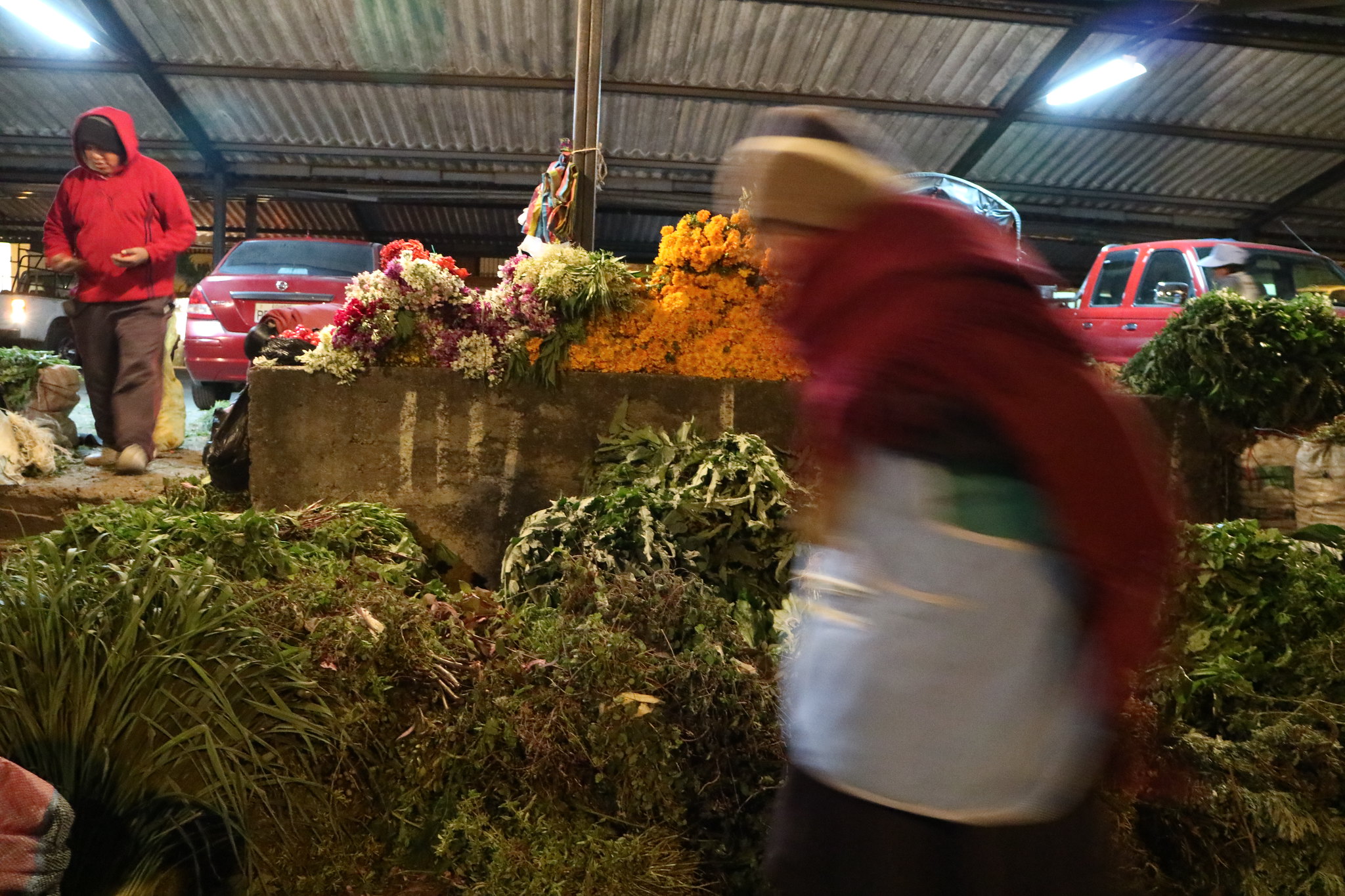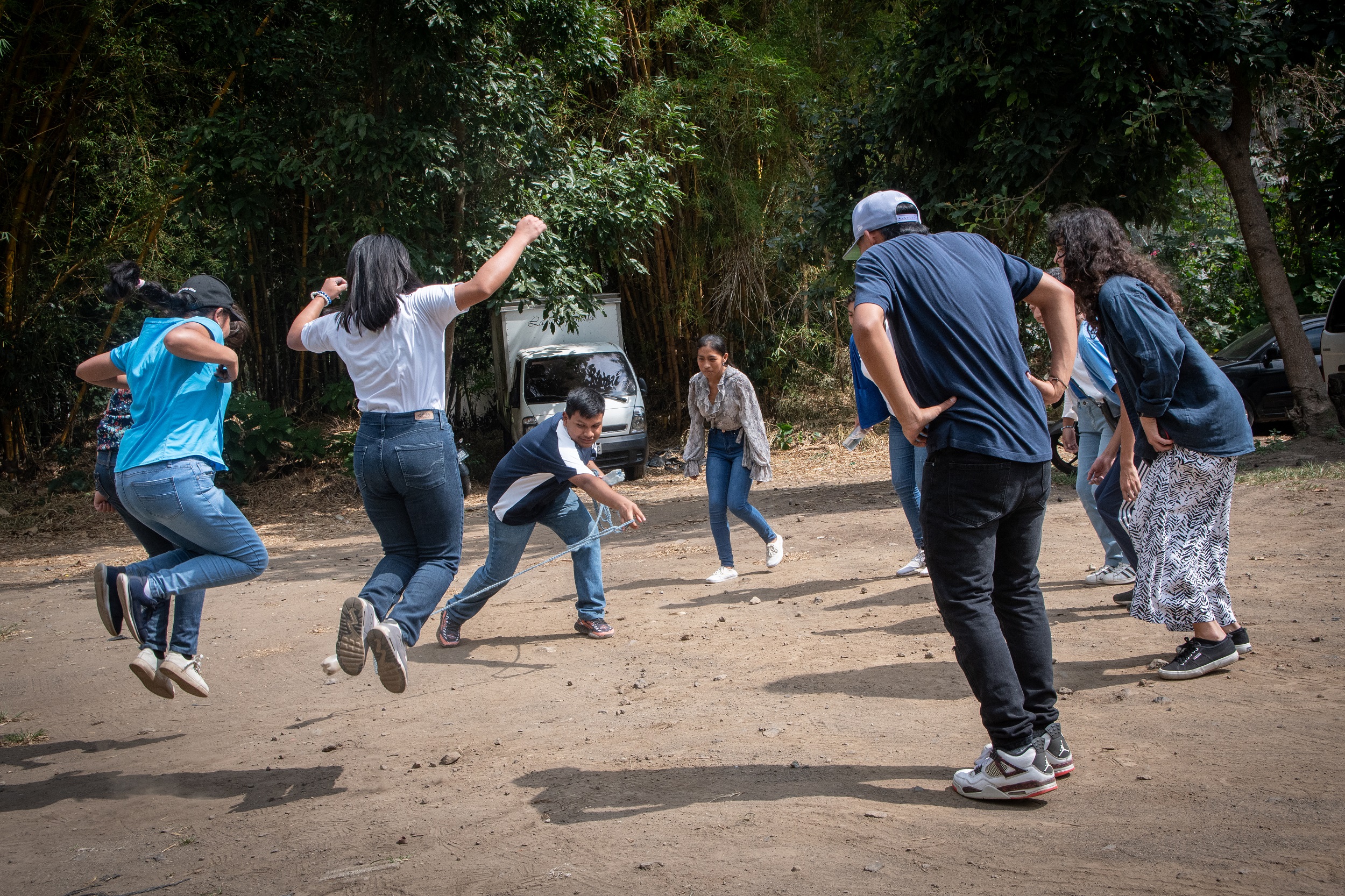I studied in a public school in Santiago de Chile. It was an all-boys school where my identity was always a problem, since I did not fit their standards of masculinity. However, in high school I was lucky enough to meet an arts teacher —Joanna Berríos— who helped me to develop more freely, and to understand that art was a tool for questioning, as well as for establishing links with others, and to this day she plays a fundamental role in my artistic production, and has even collaborated with me on some projects. Following school, I studied visual arts at the University of Chile, where I became interested in techniques that use the body, such as performance art, and in practices such as ceramics. In the final year of my degree course, I studied at Francisco Brugnoli's experimental workshop, where I produced my first piece, ‘You will never be a Weye’, which would form the basis of dialogues interwoven into my later work.
A Pedagogy Beyond Rigidity
03/05/2022
Seba Calfuqueo (Santiago, Chile, 1991) is a Mapuche visual artist whose work invites critical reflection on the social, cultural, and political status of the indigenous subject within contemporary Chilean society. It is an approach marked by her pedagogical experience as an art teacher, and anchored in her non-binary identity and in the territory she inhabits. Through media such as installation, ceramics, performance and video, Seba's work addresses cultural, historical, ecological and gender issues.
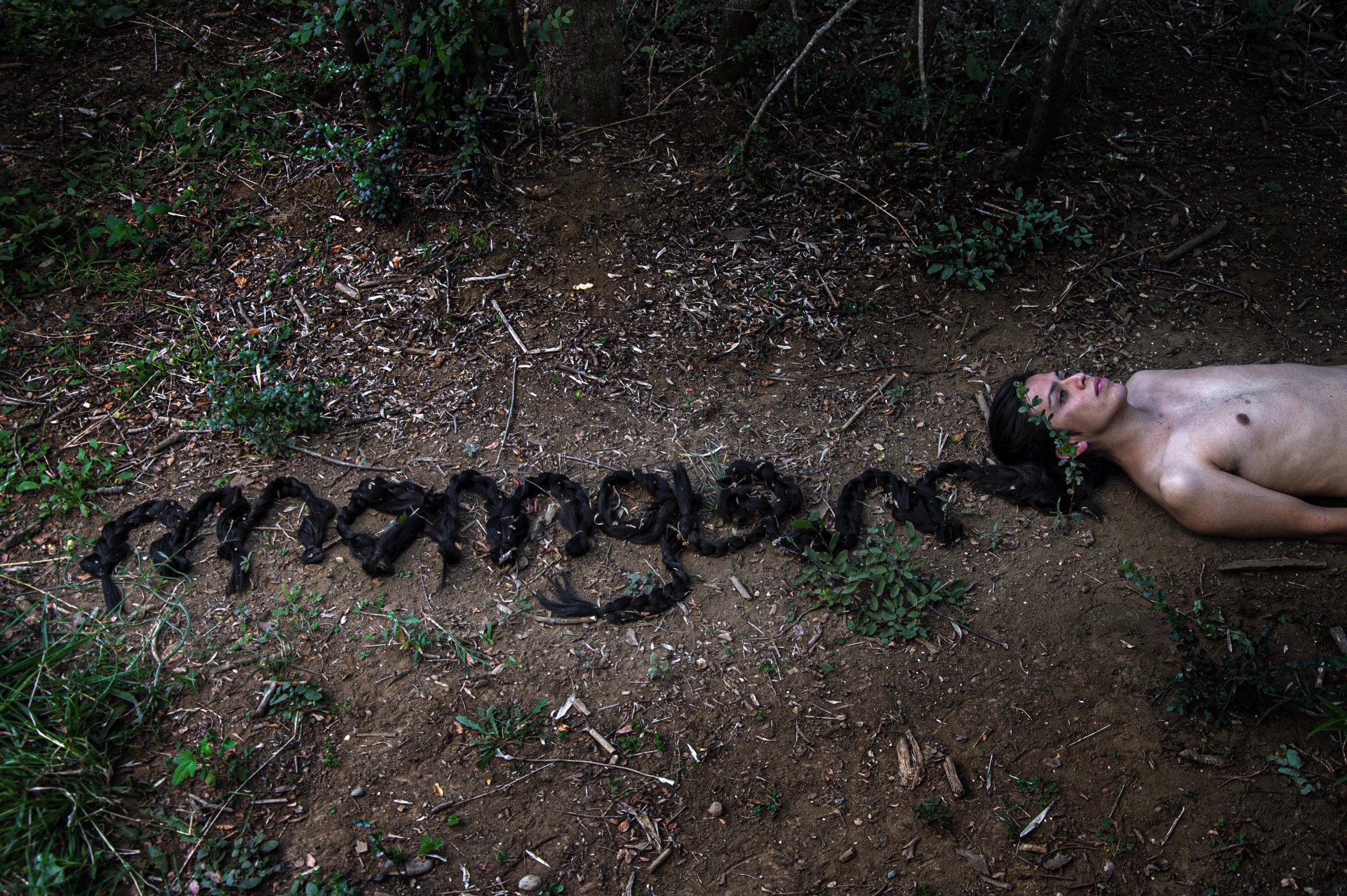
Seba Calfuqueo: "Mongen" (Life), 2021.
Photograph: Diego Argote.
Education
Schooling
Teaching
The job insecurity inherent in being an artist obliges one to move into other fields, and in my case it led me to high school teaching. Given my own traumatic experience at school, I have striven to establish a practice of teaching that goes beyond those restrictive borders and embraces different identities.
Art has the power to create images and reflections that revolve around the visuality of experimentation, and this allows us to connect with others. That, too, is precisely what education does. My art classes address not only art, but also life itself. I see my students as autonomous subjects with individual rights and voices, as equally valid as my own. This enforced engagement with teaching has given me a powerful tool to use in my work and, crucially, it has equipped me to think of it in terms of a pedagogical space for addressing issues of gender, the rights of indigenous peoples, and respect for the natural world.
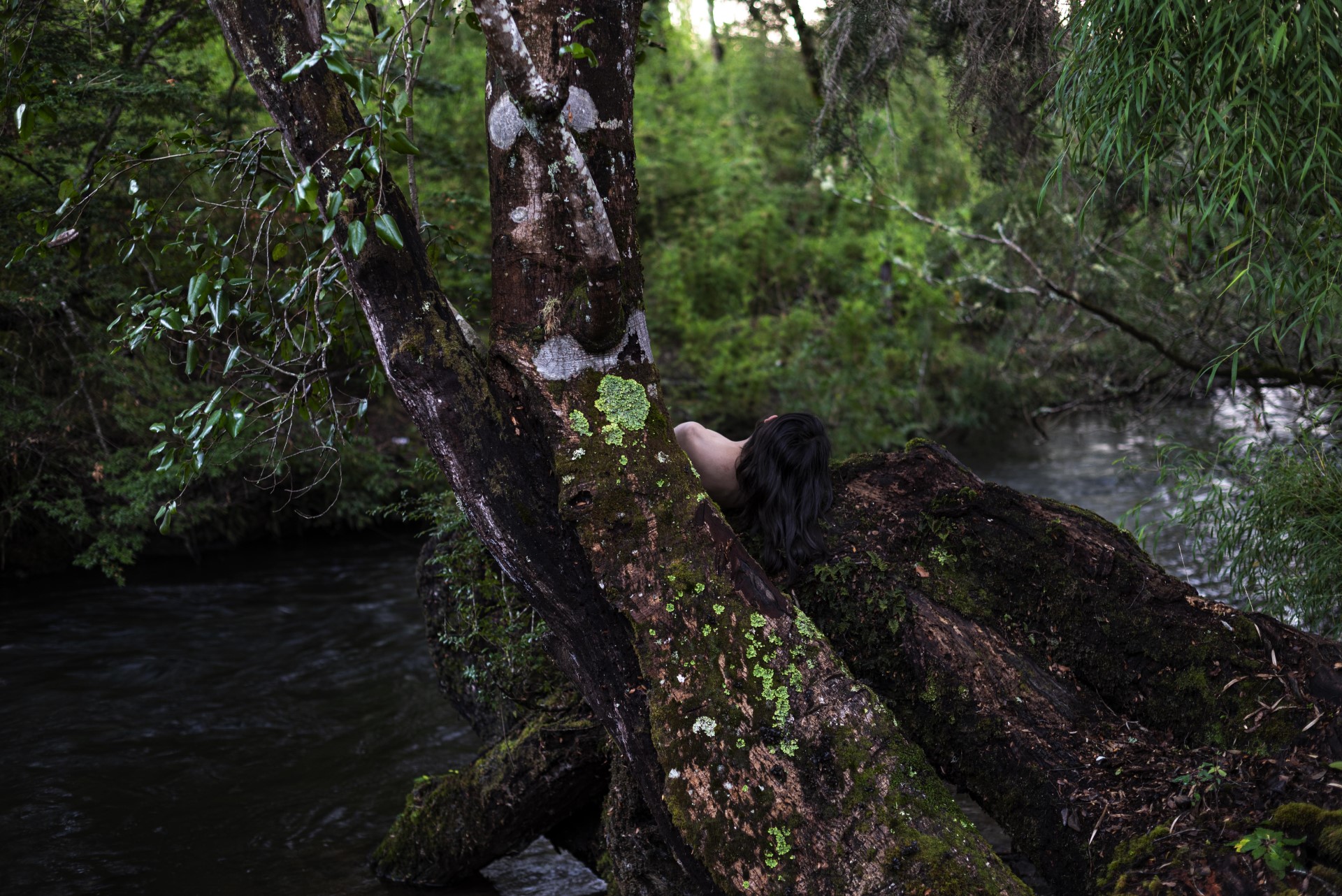
Seba Calfuqueo: "Brotar", 2021.
Photograph: Diego Argote.
Processes
Beginnings
I am an artist who does a lot of research before producing a work. In general, my themes are linked with history, with those who have written history, with the consequences for indigenous peoples of those historical interpretations, and reflection upon other possibilities.
One example is the notion of indigenous futurism; we have always been denied the present and, in such a context, the future is not even a possibility. But through the arts, such possibilities can be explored.
Looking at history with a critical eye enables us to think about how the body, desire and class have been constructed, and about how we can avoid making the same mistakes that have brought so much harm to so many communities.
Questions
I consider myself an artist who produces projects in which mistakes always open up a fresh possibility, and in which, at times, technique and execution take a backseat. I think this is because my relationship with the arts was always defined by precariousness rather than privilege. That is why I decided to start working with my own body: firstly, because it was cheaper; and, secondly, because my body has always spoken for me. My body has always acted as a filter in my relationships with others. The processes through which my work is produced are a fundamental part of the reflections that emerge subsequently. They are also the aspects I am most interested in reviewing or analyzing. Over time, the level of anxiety I felt about producing many of my works has diminished. For me, art has always been a cathartic experience, teaching me a great deal about my own identity. My art is closely linked with my personal identity processes, which in turn are associated with my gender.
Strategies
I don't consider myself to be overly structured regarding my processes. Rather, I feel that they emerge following conversations, encounters or production involving others. And it is through this reflexive process that the themes I'm interested in working on as part of my artistic activity appear.
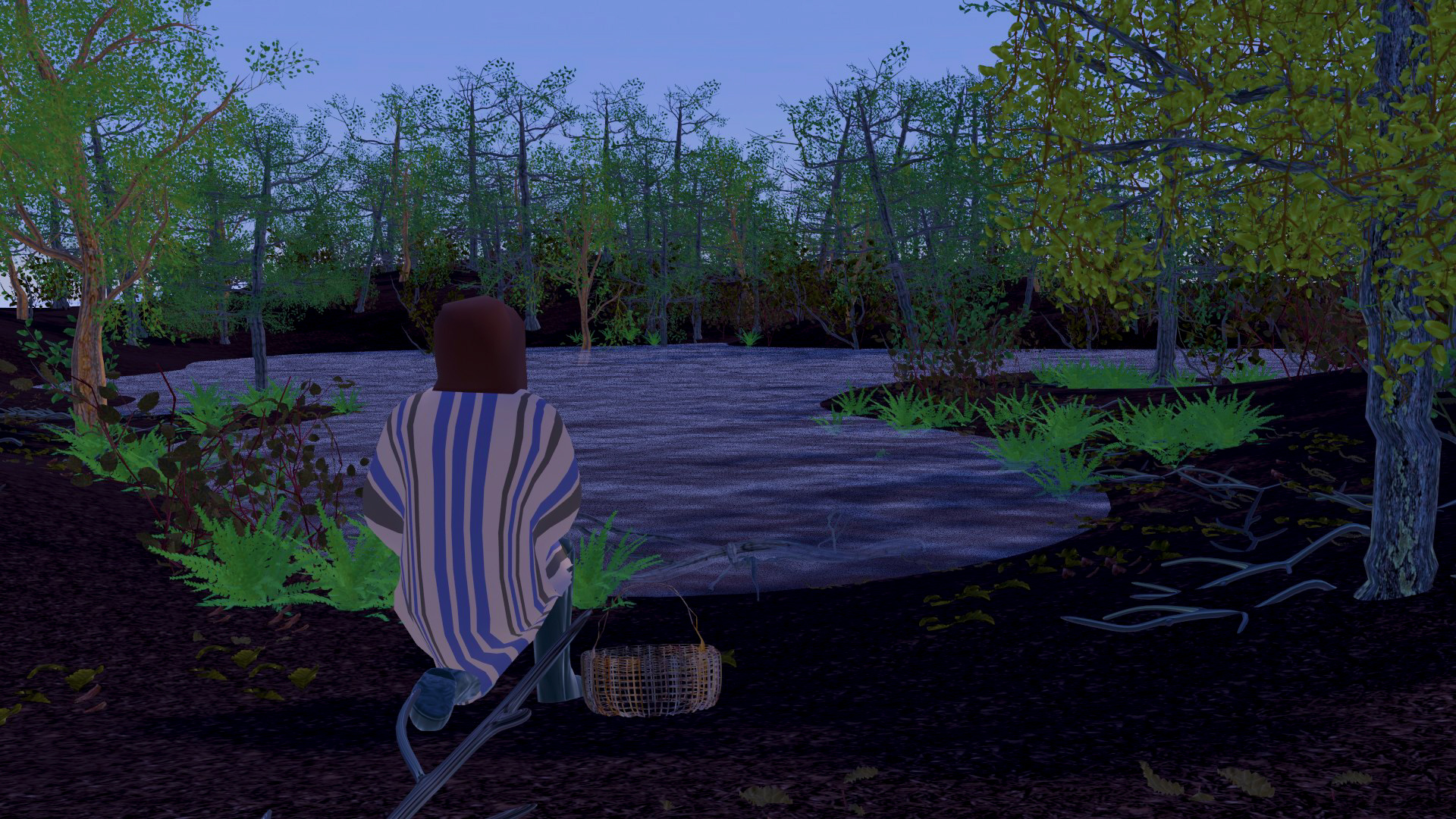
Seba Calfuqueo: "Mapu kufüll" (Land Seafood -mushrooms-), 2020. Video.
3D Animation: Valentina Riquelme.

Seba Calfuqueo: "Mapu kufüll" (Land Seafood -mushrooms-), 2020. Video.
3D Animation: Valentina Riquelme.
Procedures
For me it is very important to know the physical locations where I am going to develop something: to walk around them, journey through them, look at them carefully. My artistic practice has a lot to do with how my body moves in the city or a natural environment and how it participates and enters into dialogue with the space. Understanding these readings from my body has also enabled me to understand that bodies are read socially in very different ways, and that the world is permeated by diverse forms of relationships by virtue of the different bodies and identities in existence. From my perspective, the political body is read in very different ways from hegemonic bodies, which do not inspire discomfort. Historically, bodies that have decided to politicize themselves in order to deal with restrictive norms have been relegated to situations of constant precariousness and violence. Another important aspect of my artistic process has to do with time and patience, as evidenced by the work with ceramics. This process has many stages that also involve the different elements of nature: earth, water, wind and fire. It is the process of an object that was created from a clay sediment becoming something precious. On the other hand, my artistic production has always been linked to the reviewing of the archive, of memory and history, and how these concepts have been constructed as absolute or official truths.
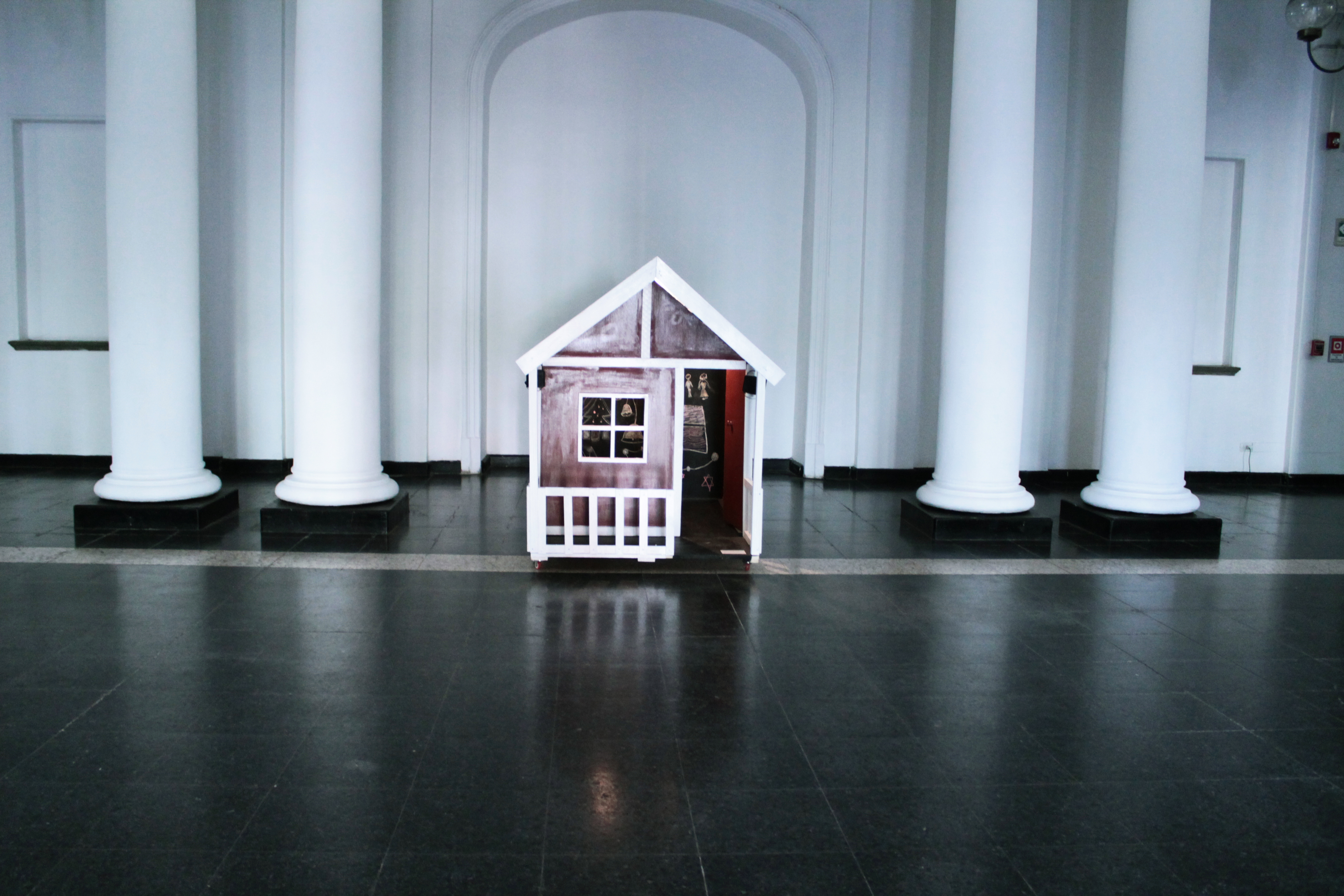
Seba Calfuqueo: "La herencia de repetir siempre el mismo error" (2014). Sound installation.
Photograph: Jennifer Frías.
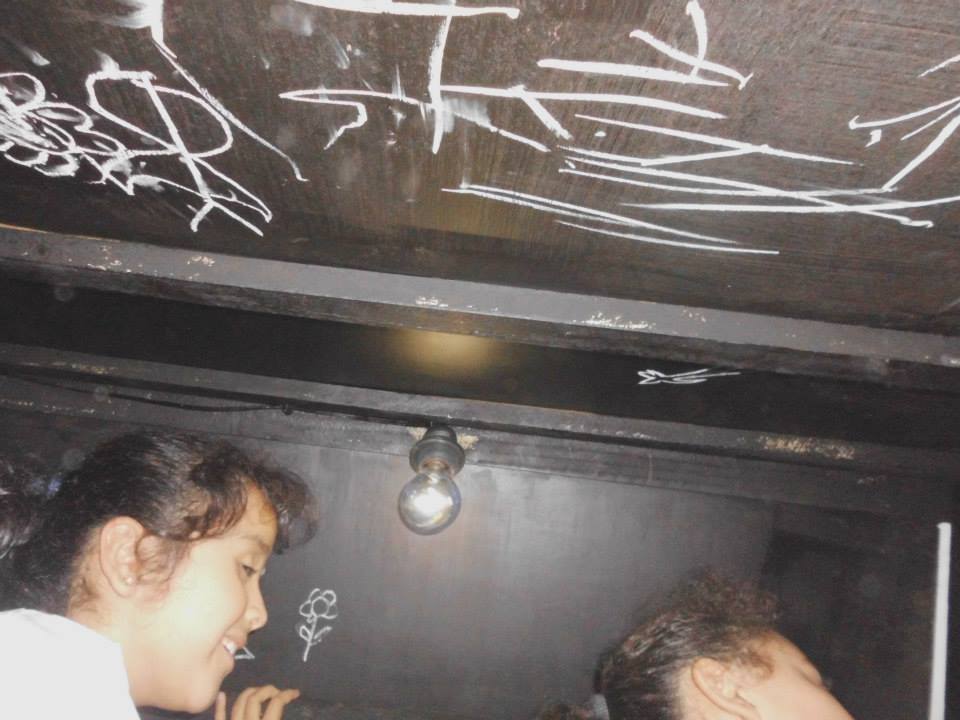
Seba Calfuqueo: "La herencia de repetir siempre el mismo error" (2014). Sound installation.
Photograph: Jennifer Frías.

Seba Calfuqueo: "La herencia de repetir siempre el mismo error" (2014). Sound installation.
Photograph: Jennifer Frías.
Dialogues
My work is permeated by affective and affectionate relationships with friends and those close to me who contribute to my creative process. I have had the support of curators, such as Mariairis Flores and Cristián Vargas Paillahueque; the recording of all my works has been done by my childhood friend Diego Argote, and reaching other countries has been made possible by Jorge Pérez Roldán, who has helped me translate and present my work in international contexts. I also work in a collective format, as in the case of Rangiñtulewfü, of which I have formed a part since 2016. This space has been essential in enabling me to think about my work from a collective perspective.
Works
In process
Currently, I am working on the relationship between the body and nature and how nature is systematically acted upon by extractive and colonial projects that plunder natural resources and affect the lives of thousands of individuals and entire peoples, across many territories.
Recently, I have become very interested in dismantling the idea of 'nature' as defined by science and colonialism, through which everything is seen in binary terms while remaining blind to the true power and diversity contained therein.
In retrospect
Alka domo (2017) marks an important inflection point in my work, because I was very interested in understanding how my body would be read in public, masculine, hegemonic spaces. Through these interpretations, I understood the significance of politicized bodies in public spaces and in the counter-hegemonic narrative constructs which question history and masculinity.
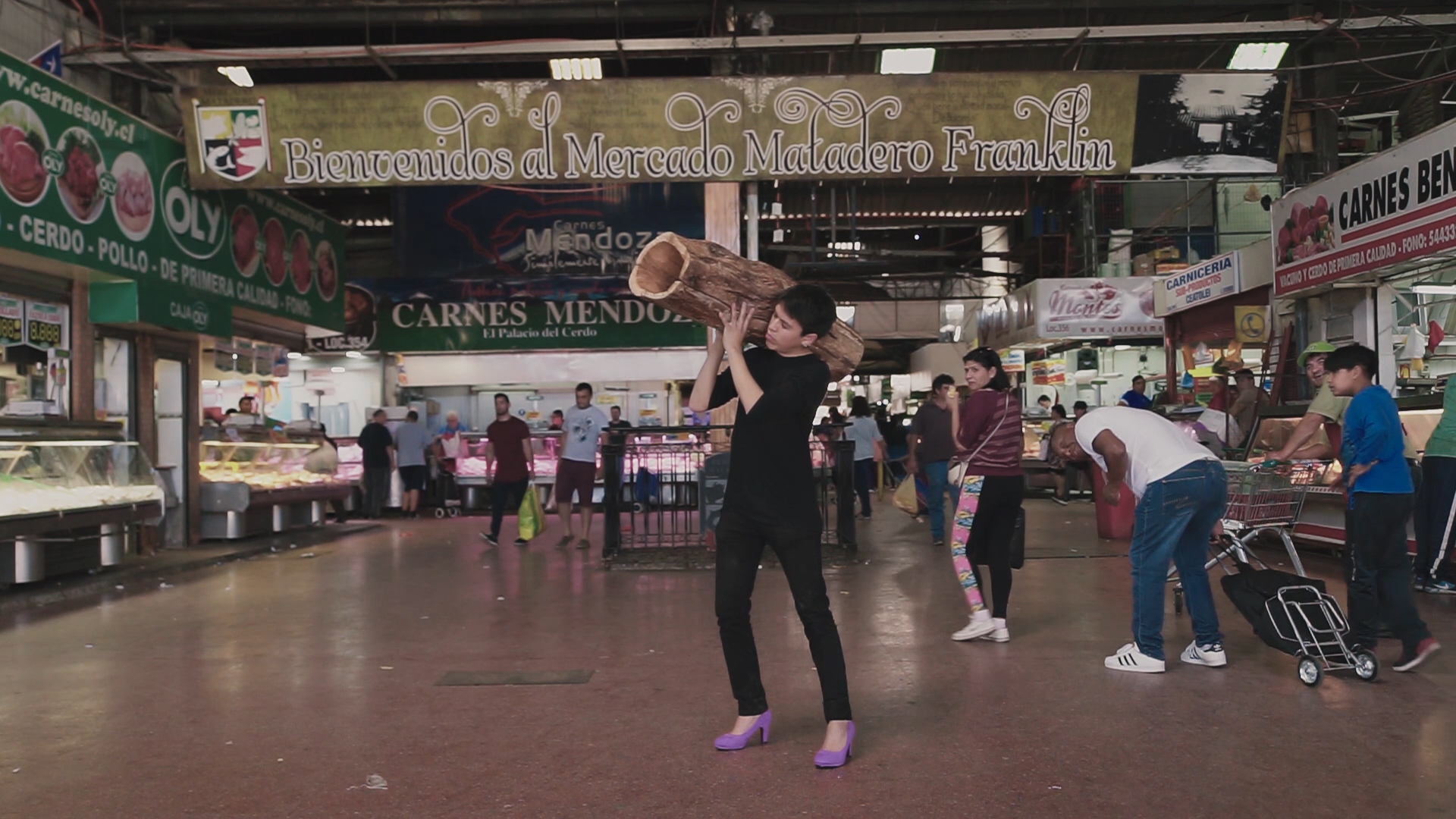
Seba Calfuqueo: "Alka domo" (2017). Videoperformance.
Photograph: Juan Pablo Faus.
Another important work was Buscando a Marcela Calfuqueo [Looking for Marcela Calfuqueo] (2018). As an indigenous artist, I was required to talk all the time about certain topics and places. This work was the opposite: not talking about the indigenous world, but, instead, proposing other reflections that inhabit the contemporary world, questioning visuality and binarism, while also enabling a disentangling of the fixed roles of the masculine and feminine.
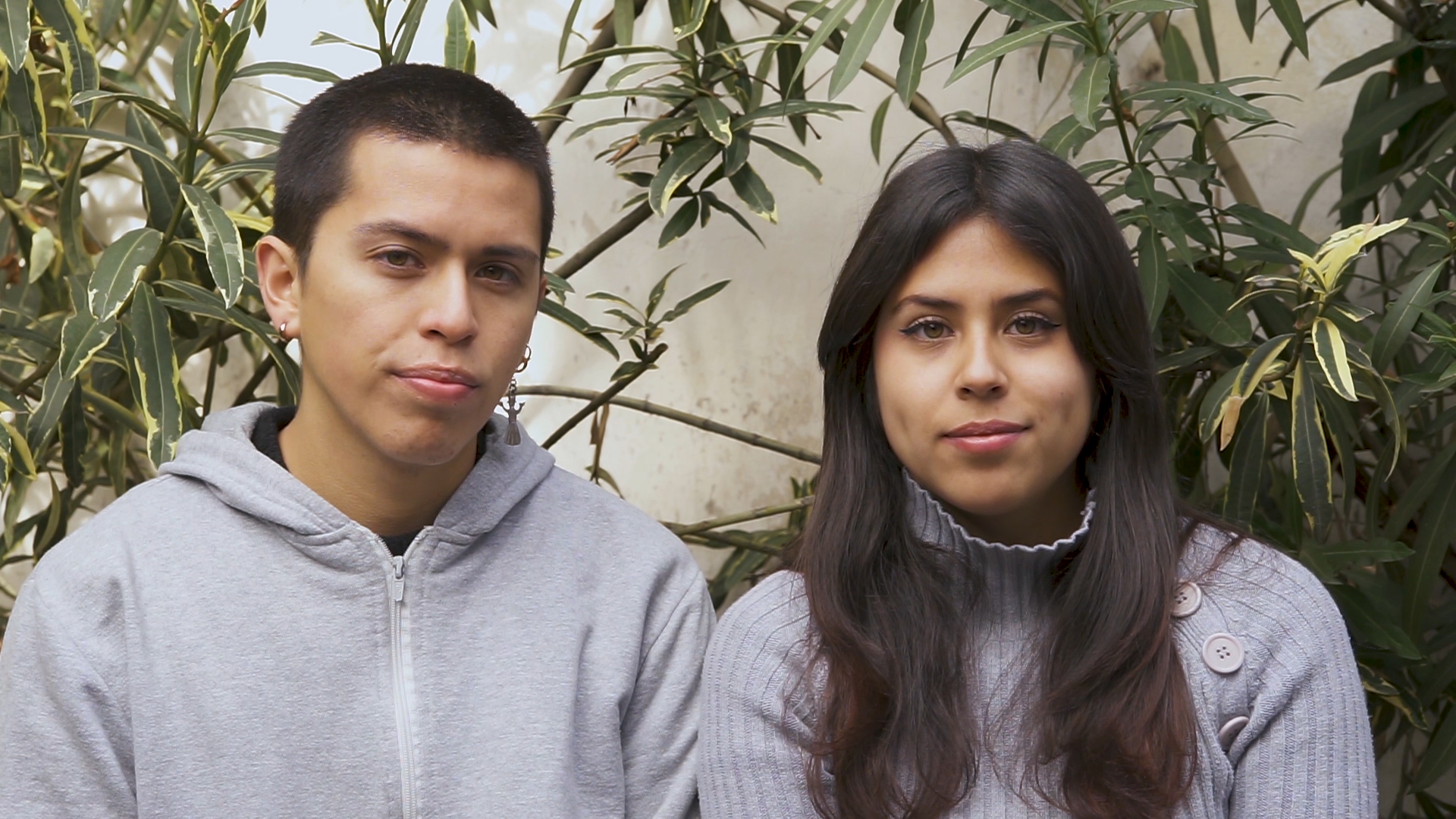
Seba Calfuqueo: "Looking for Marcela Calfuqueo" (2018). Video.
Photograph: Juan Pablo Faus.
Contexts
My work arises from a specific territory and identity, while also questioning the places occupied historically by that same territory and identity. For me, an understanding of the difference between local positions and global positions has been essential. Indigenous, non-binary, trans, transvestite people have always been relegated to local spaces, without a voice and with far fewer opportunities for a global voice. In this sense, my work is deeply interested in dismantling that idea of the local and the global. Teaching, on the other hand, enables an understanding of realities other than the official and hegemonic realities which control the world; it enables an understanding of other worlds, other possibilities for decolonization and for thinking about other ways of relating to each other in the future.

